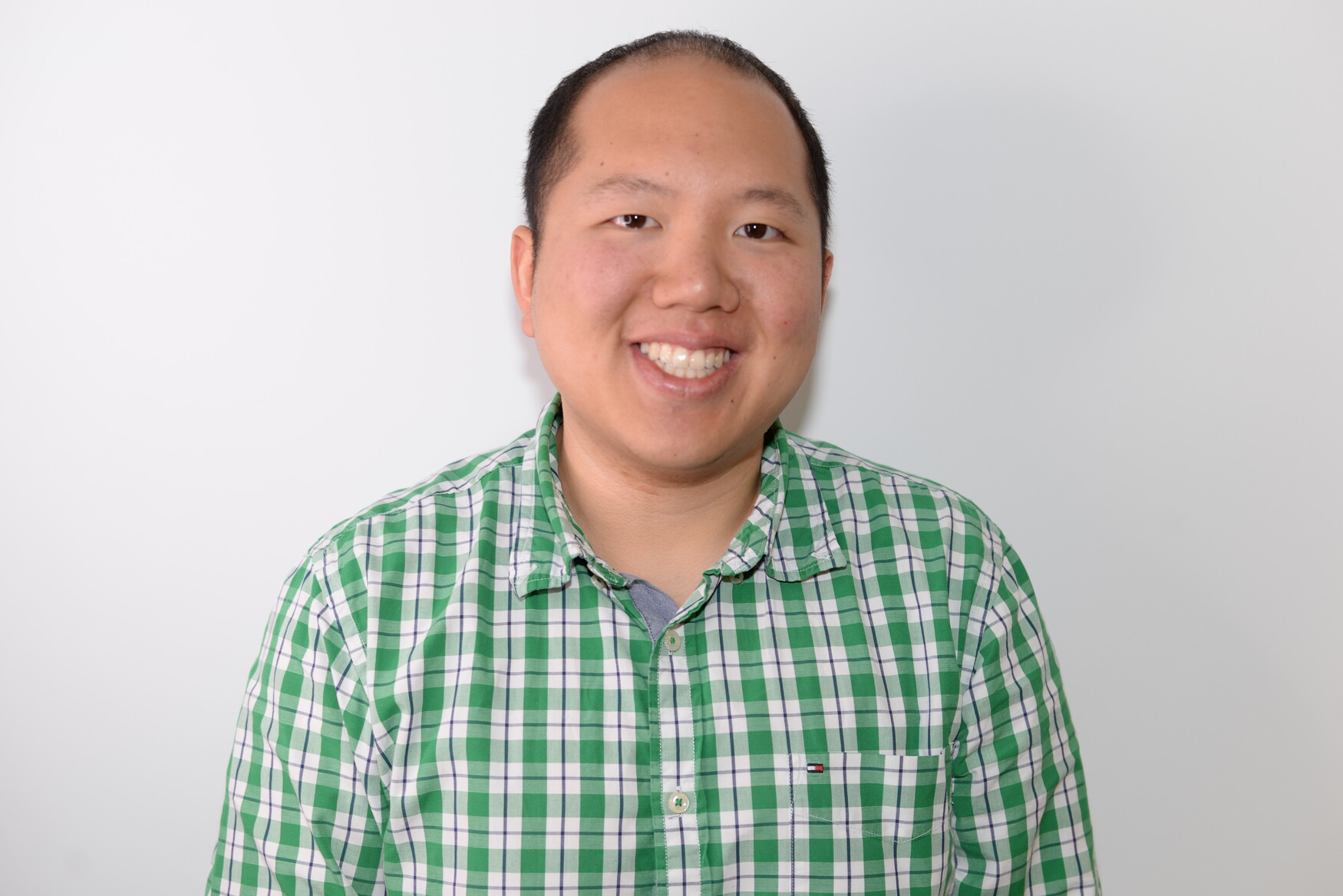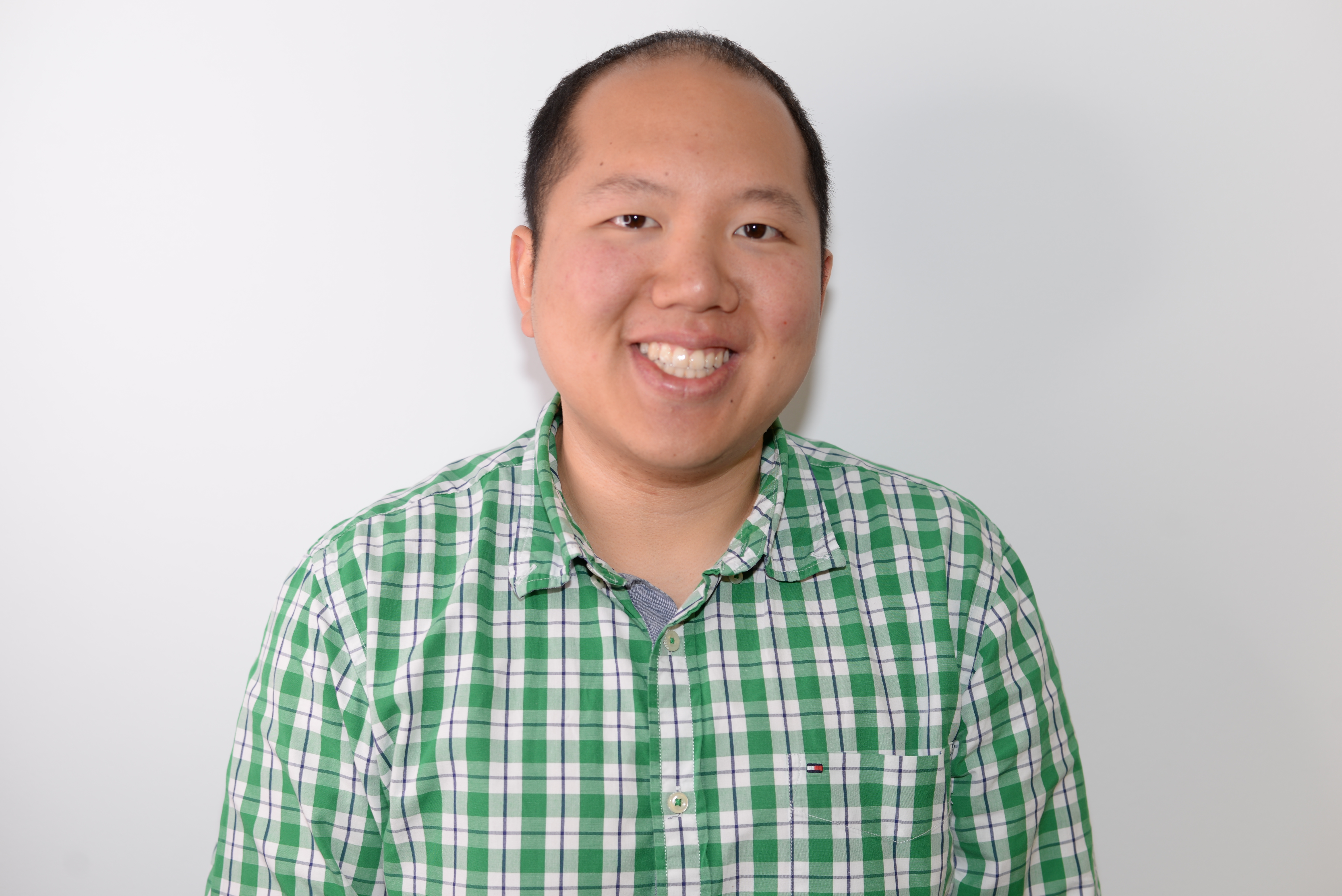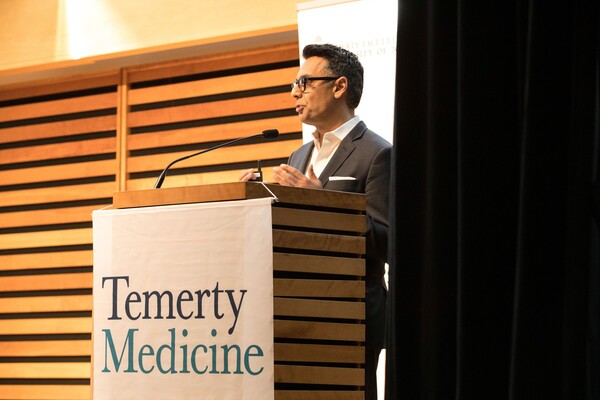Mobile Menu
- Education
- Research
-
Students
- High School Outreach
- Undergraduate & Beyond: Community of Support
- Current Students
- Faculty & Staff
- Alumni
- News & Events
- Giving
- About

Joshua Liu
 The best way to describe my experience leading SeamlessMD, a health technology company I co-founded in my last year of medical school, is with a sports analogy.
The best way to describe my experience leading SeamlessMD, a health technology company I co-founded in my last year of medical school, is with a sports analogy.
When our company was first starting out, I was like a player on a basketball court. There were so few of us that each of us worked on every aspect of the business.
Then, as we added more employees, I became more of a player-coach. I was still in the trenches, however I also had to coach other players — our employees — to execute the strategy I developed.
Now, as we prepare to double our company’s workforce in the next year, I’m transitioning into a general manager role. More of my days are spent designing our team and making sure we have the right personnel in place to achieve our long-term goals.
This constant evolution is a big part of what initially attracted me to entrepreneurship. Some people really like specializing and becoming true masters of their craft. In Medicine, that’s often what happens.
On the other hand, when you’re building a business you have to be a generalist. You need to wear many hats throughout your company’s lifespan. As CEO, I have had to learn how to do sales, marketing, customer success, hiring, etc. My role grew as my company did. I had, and still have to be, comfortable not knowing everything and not being an expert in everything I do.
Our company provides hospitals with a software platform to engage, monitor and connect with patients across their individual health care journeys, such as going through surgery, cancer or managing a chronic disease. A key area of focus is helping to reduce hospital readmissions following major interventions, such as a surgery. The time between when a patient is sent home following a hospitalization and when they see a physician for a follow-up is critical.
With our platform, patients are guided from preparation through recovery and are empowered to track their progress, such as pain levels or photos of their healing incisions. We also push out reminders to patients about what they need to do, like take medications or perform rehabilitation exercises. We can even share videos with them showing how the exercises should be performed. Providers can then assess how patients are doing in real time, identifying those who may need immediate follow-up.
You might look at my career journey and think I have a high tolerance for risk. When I graduated from medical school in 2013, I decided to work full-time on SeamlessMD instead of pursuing the residency I had originally planned in family medicine.
In the end, the decision wasn’t hard — nor was it even that risky.
U of T made it easy for me. They could see the potential our company had and were very supportive. I was even offered the option to defer my residency for a year or to do it part time.
When I do something, I want to do it well and with my full attention. I was confident the company had the potential to become something big. I also recognized that if I delayed pursuing the company while I did my training, I’d run the risk of someone else jumping on the same great idea and running with it in my place.
So I took the leap, knowing that if it didn’t work out, I could eventually return to my medical training. I would have regretted not pursuing my business idea more.
Fortunately, I never found myself wishing I chose differently. Of course, I wasn’t always sure the company would turn out as successfully as it has — and we certainly still have a long way to go!
The health care technology world is a hard one to break into. Adoption of new tools can take a long time and be very difficult.
I was lucky that I had some clinical training but was never fully trained. Sometimes it’s best to not be an expert in the industry for which you are aiming to create disruptive technology. You want to approach things with a beginner’s mind and avoid pre-conceived notions.
But having the training also helped me speak the same language as our healthcare clients. It gave me the confidence of the healthcare providers I was working with, while also continuing to allow me to have a beginner’s mindset. I wasn’t afraid of challenging the status quo, but I also had a better understanding of why the status quo existed in the first place.
Looking ahead, I’m feeling very optimistic about our company’s future. The COVID-19 pandemic has shone a spotlight on the importance of digital patient engagement technology, like ours, that allow patients and physicians to interact virtually. We’re also excited about the investments Canada is making in digital technologies through initiatives like the federal government’s Digital Technology Supercluster projects.
SeamlessMD is leading one of these Supercluster projects to help hospitals leverage digital patient engagement technology to deliver safer pre- and post-surgery care during the pandemic. Part of our initiative includes a machine learning component where hospitals will collaborate with our company to train machine models using both historical surgery outcomes data and real-time patient symptom data. This will help healthcare providers more accurately predict risk to patients. Who is at higher risk of readmission today? How can we catch them earlier?
I went into Medicine because I had a real desire to help people through health care. I may not ever end up practicing as a physician, but I still think I’m achieving this goal. I can’t wait to see what I’ll have the opportunity to learn and do next in my journey.
Joshua Liu, MD’13, is the co-founder and CEO of SeamlessMD, a health technology company that provides a digital platform for patient engagement, remote monitoring and virtual care.


